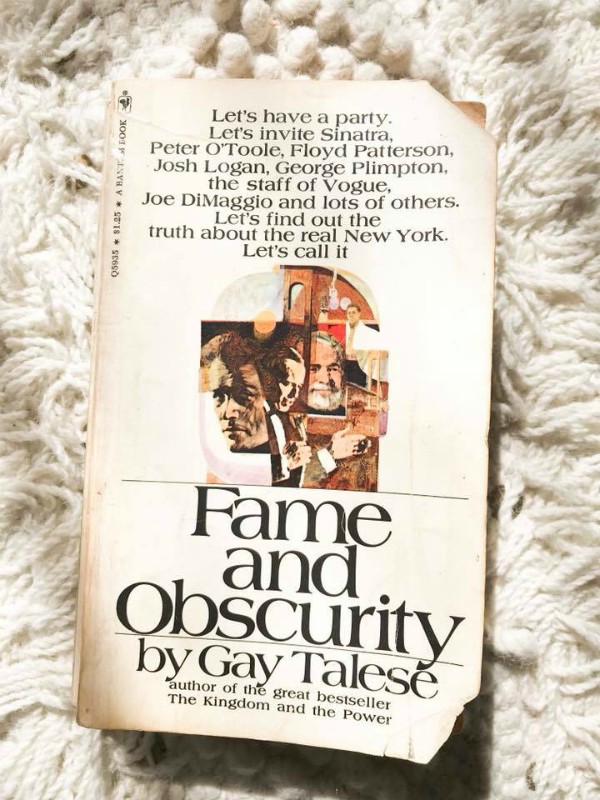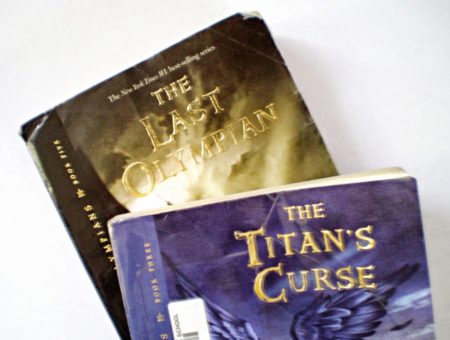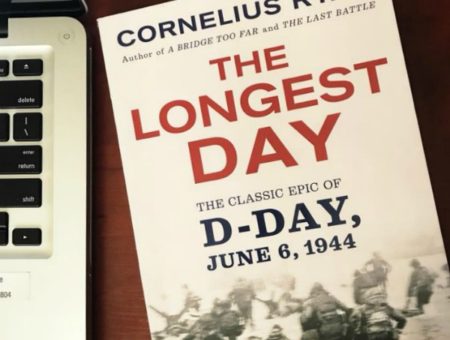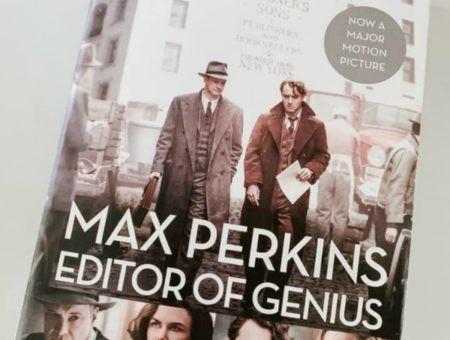New Journalism was a developed in the 1960s and 1970s using the style and devices of literary fiction in fact-based journalism and news writing. In essence, it helped involve the reader in the incident being reported just as if they were reading a novel, basically creating a new entity, the nonfiction novel. Some of the innovators of this genre were Truman Capote, Norman Mailer, Tom Wolfe and Gay Talese.

My raggedy, beat up copy of Fame and Obscurity. And on the upper left, notice the price: $1.25. That should tell you how old it is!
60s Writing
I first became acquainted with this style of writing back in the late 60s when I read Capote’s In Cold Blood. Another such themed book was Norman Mailer’s The Executioner’s Song. In Cold Blood was made into a major movie and The Executioner’s Song was successfully adapted to television with Mailer collaborating on the screenplay.
Though having read both those books with great pleasure, there are two other books that are on the top of my favorite’s list: Tom Wolfe’s The Right Stuff and Gay Talese’s Fame and Obscurity.
The Right Stuff
The Right Stuff is Wolfe’s humorous and factual story of the space race of the 60s, and it too was made into a fantastic motion picture, also one of my favorites.
Fame and Obscurity
But Talese’s Fame and Obscurity has stuck in my mind for over 40 years after having first read it. Talese began his journalism career as a copyboy at the New York Times, which temporarily came to a halt when he was drafted into the United States Army. On completion of his military obligation, he was rehired by the New York Times as a sports reporter. From there, his career blossomed and he later moved on to writing exclusively for Esquire magazine.
In Fame and Obscurity, many of his most famous Esquire articles are reprinted, covering many famous personalities such as Frank Sinatra, Joe DiMaggio, Peter O’Toole, Joshua Logan, Joe Louis, Floyd Patterson and even the notorious mafioso Frank Costello. Another interesting piece is the one he writes about the obituary writer at the New York Times, interestingly titled Mr. Bad News, most likely inspired to write this article due to his one-year stint of doing that job.
I Love New York
As interesting as all those articles are, there are two sections of this book that are of utmost fascination which inspired my love of New York and made me want to go there, which I finally got to do several times, years after the fact of reading this book, as well as taking my Filipino wife and son there after getting them here to the U.S.
First, is Part Three of the book, NEW YORK-A SERENDIPITER’S JOURNEY. And that is broken down into five parts: New York is a City of Things Unnoticed…of the Anonymous…of Characters…of Odd Occupations…of the Forgotten. Talk about filling one’s imagination, each one of those little chapters will truly take you on a fascinating journey. But for drama and excitement, Part Two of the book is a reprint of The Bridge, telling the story of the building of the Verrazano-Narrows Bridge. Just to actually see, and go across, that bridge was one of the main reasons I wanted to go to New York, as odd as that may seem. But to read the story of those adventuresome ironworkers, known as boomers due to their moving from boom town to boom town, just to build bridges and skyscrapers, will truly capture your imagination. Of great interest is the story of the Indian ironworkers from Canada, their history and how they went about putting their mark on this historic bridge.
One thing I’ve always wondered is why another of my favorite authors isn’t listed as one of the first innovators of New Journalism, that being Cornelius Ryan, the author of The Longest Day, as well as other historical works which could be considered nonfiction novels. I guess that’s just a matter of opinion, but I always had the same New Journalism feeling intellectually while reading Ryan’s works.
80s Writing Change
With the coming of the 80s, the genre basically disappeared though there was a new generation of journalists fostered by Bernstein and Woodward and their groundbreaking work All the President’s Men. That too, I feel, could be considered a nonfiction novel in the vein of the New Journalism, but I’ve never heard of such a comparison put to that work.
You must realize that many of the articles in Fame and Obscurity were penned in the 50s and 60s, thus dating them to our era. Still, I highly recommend this read. I just reread it for probably the umpteenth time (though my poor paperback is falling apart!) and it was just as enjoyable as the first read. Now I’m ready to go to New York again for in each reading, I discover new things I want to try to find and experience.





You have mentioned some really good books! Your mention of The Right Stuff brought me back to when the movie first came out. It’s great that it was made into a movie from the book
I decided in 6th grade I was wanted to be a writer – and I meant a book writer, but I became a journalist and worked for a newspaper for 9 years. I loved the job, hated the environment. I’m fascinated by all kinds of writing styles!
Such a nice topic. I do love reading so much but never dream to be a writer. I just love reading books because it makes me feel relax and comfortable but I admire those writers who wrote great stories.
I had no idea about this journalistic style. I’d love to know more about it. I’ll look for more information at my library.
This is the first time I’ve heard of these books. I am so curious and will check all out.
I totally agree .. and yes any read as long as it is good remains a treasure. Thank you for sharing this.
This is a really great topic! Totally love this post because it’s true.
Yes, exactly! So many books are totally timeless, even if the writing is from a different era.
I have never heard of any these books, but my husband most likely knows about them. I do enjoy reading older books, so I may have to check them out at the library sometime.